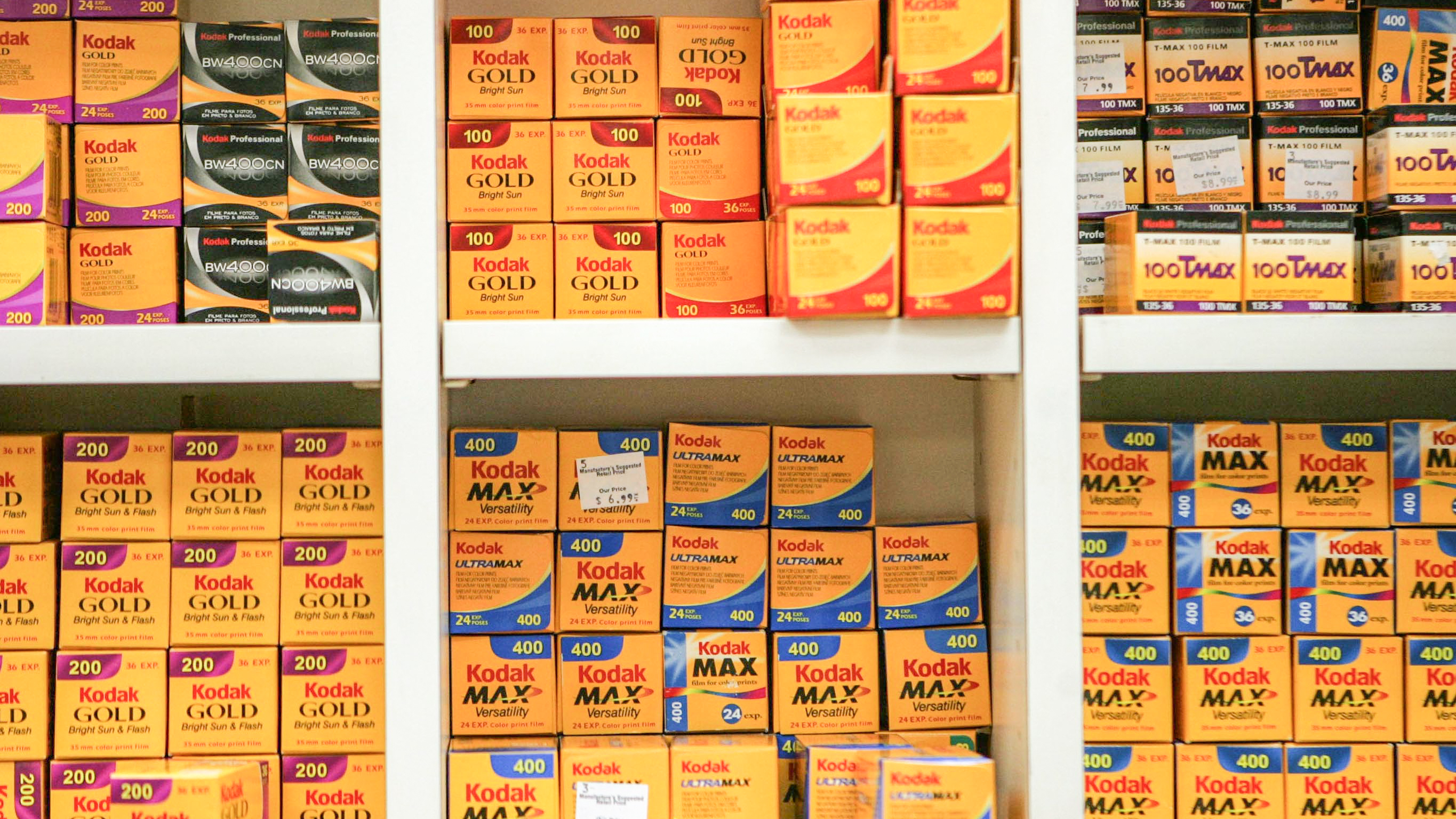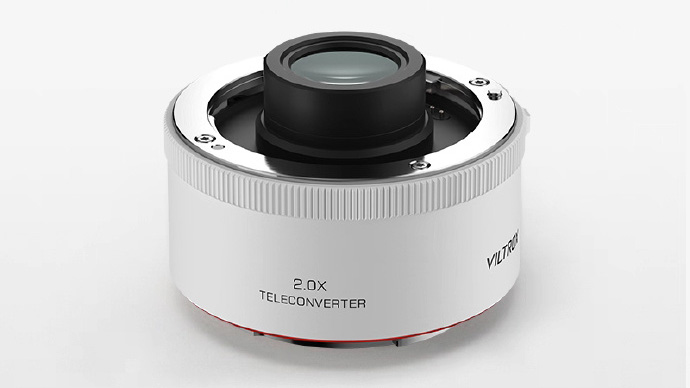Kodak is in financial trouble (again), but the iconic film brand says it is "confident" about the future
Kodak is digging into a pension plan in order to pay off debt and reverse a dire financial situation

The longstanding photography brand Eastman Kodak is at risk for shutting its doors, according to financial documents shared earlier this week.
The 133-year-old photography company shared in quarterly filings this week that it placed “substantial doubt about the company’s ability to continue.” However, the company says that it is confident about its ability to repay its debt by settling a pension fund.
“As of the date of issuance of these financial statements, Kodak has debt coming due within twelve months and does not have committed financing or available liquidity to meet such debt obligations if they were to become due in accordance with their current terms. These conditions raise substantial doubt about Kodak’s ability to continue as a going concern,” the SEC filings read.
However, Kodak says that language is required and that the company expects to be able to repay the debt on time. "The 'going concern' language in Kodak’s 10-Q is essentially required disclosure because Kodak’s debt comes due within 12 months of the filing. Kodak is confident it will be able to pay off a significant portion of its term loan well before it becomes due, and amend, extend or refinance our remaining debt and/or preferred stock obligations," a Kodak representative told Digital Camera World.
"To fund the repayment, we plan to draw on the approximately $300 million in cash we expect to receive from the reversion and settlement of our U.S. pension fund (the Kodak Retirement Income Plan, or “KRIP”) in December. However, the KRIP reversion is not solely within Kodak’s control and therefore is not deemed 'probable' under U.S. GAAP accounting rules, which is what triggered the 'going concern.' Once the KRIP reversion is completed, Kodak will be virtually net debt free and will have a stronger balance sheet than we have had in years."
Despite Kodak's confidence, the statement caused the company's stocks to drop dramatically. Eastman Kodak needs to pay around $470 million in debt repayments, yet a loss of 23 percent of its operating funds since December alone has the company making drastic moves – like settling a pension – to make those debt repayments.
In Kodak’s second quarter results, the company posted a gross profit of $51 million, which is $7 million or 12 percent less than the same quarter the previous year.
The best camera deals, reviews, product advice, and unmissable photography news, direct to your inbox!
Kodak founder George Eastman created the first Kodak camera in 1888. The company made film photography widely available to non-professionals with the memorable slogan, “You press the button, we do the rest.”
In the heyday of film photography, Kodak was once responsible for as much as 90 percent of film and 85 percent of camera sales. However, the company’s success did not continue into the digital era and, in 2012, Kodak declared bankruptcy. The bankruptcy created a spin-off company, Kodak Alaris. Eastman Kodak focused on commercial printing, motion picture films, and chemicals. Kodak Alaris owns the rights to the brand’s still photography films and markets and distributes the film, while Eastman Kodak still manufactures the film.
While the Kodak brand remains firmly rooted in film, the company has also licensed its name to other companies for everything from digital cameras to new film cameras like the Kodak Ektar H35 (which is made by Reto).
With much of Kodak’s manufacturing still based in the US, the company also indicated during the filings that tariffs did not play a negative role in the company’s numbers so far. The company’s New York film production facility paused operations late last year in order to upgrade equipment.
“It’s important to note that Kodak is committed to U.S. manufacturing — in fact, we manufacture a wide range of products in the U.S., including lithographic printing plates, photographic and industrial films, inkjet presses and inks, and pharmaceutical key starting ingredients — and our expectation is that tariffs instituted by the U.S. government are designed to protect American businesses like ours,” said Kodak Executive Chiarman and CEO Jim Continenza.
You may also like
Browse the best film cameras or the best 35mm film.

With more than a decade of experience writing about cameras and technology, Hillary K. Grigonis leads the US coverage for Digital Camera World. Her work has appeared in Business Insider, Digital Trends, Pocket-lint, Rangefinder, The Phoblographer, and more. Her wedding and portrait photography favors a journalistic style. She’s a former Nikon shooter and a current Fujifilm user, but has tested a wide range of cameras and lenses across multiple brands. Hillary is also a licensed drone pilot.
You must confirm your public display name before commenting
Please logout and then login again, you will then be prompted to enter your display name.
